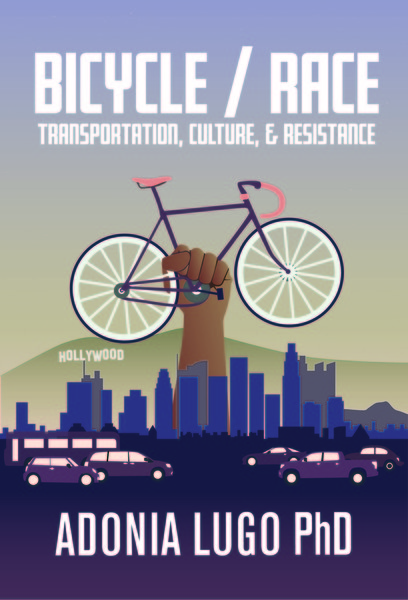 So as I was saying on this blog just the other day, I'd love to be able to time travel to Bunker Hill in the 1920s.
So as I was saying on this blog just the other day, I'd love to be able to time travel to Bunker Hill in the 1920s.I've found a way to do something quite similar, it turns out: Kent Mackenzie's 1961 The Exiles uses Bunker Hill as a setting for its ethnographic, neorealist representation of midcentury Native American life in Los Angeles.
I'd first heard about this film in Los Angeles Plays Itself, Thom Andersen's wonderful meditation on Los Angeles as a cinematic device, but I've been in love with the idea of Bunker Hill since I learned about it in an urban anthropology class. I grew up thinking of Los Angeles as nothing more than a continuation of the strip malls I knew in Orange County; trips on the train to Olvera Street made me think that all LA had been in the past was a pueblito inhabited by some glorious Mexican families. Starved of old buildings, I thrilled to the Victorian neighborhoods of Portland when I moved there for school. Little did I know that LA had its own hill covered with fantastical domes and spires.

It did.
Both of these pictures were taken by photographer William Reagh in 1964 as the Community Redevelopment Agency moved forward with plans to demolish the entire neighborhood of Bunker Hill. I got them from the photo collection of the Los Angeles Public Library website.
There are lots of Bunker Hill fans in Los Angeles, exhaustively comprehensive fans, like the ones who write On Bunker Hill.
The traces of Bunker Hill that can be seen in photographs and in movies and in books like John Fante's Ask the Dust often evoke quiet sadness. The Exiles did the same, with its focus on Native Americans living on the fringes of the 1950s. I found in the film a perfect intersection of aesthetic impulse and humanistic conviction, a beautiful exploration of faces and façades in glowing light.
Kent Mackenzie also did a short film called Bunker Hill - 1956 in which he uses interviews and footage of daily life in the neighborhood to try and build a case for its survival.
He and all the others who championed that cause failed, and now Bunker Hill sits covered in postmodern sprawl and empty sores of lots that have never had those old Victorian bones replaced by the modernist fantasies of the developers. But he succeeded in creating a representation of a time-space that continues to inspire us to look for a secret Los Angeles beneath our footsteps.

